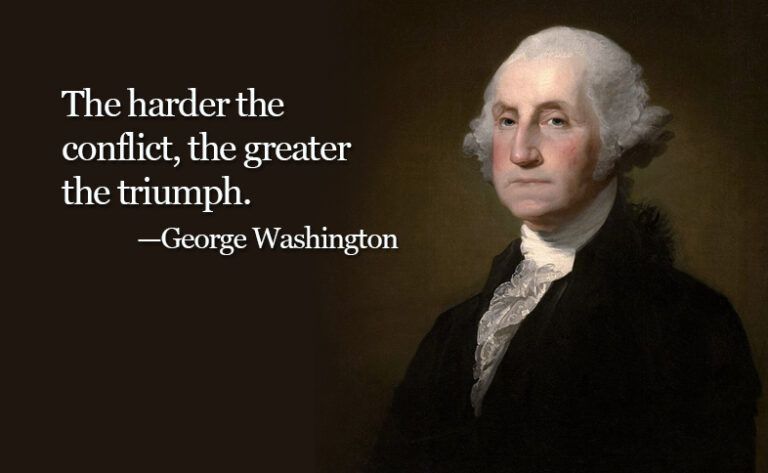The new pastor at Marble Collegiate Church in New York City was perplexed. A successful preacher, he realized he needed more help in counseling many of his parishioners. It was 1932, a time of anguish and fear. Store windows were boarded up. Soup kitchens were feeding long lines. The young, dynamic minister found his office filled with people who were plagued by anxiety and despair. “I had been through college and seminary,” he recalled, “but I had no training for this sort of thing. All I could do was be a good listener and friend. I knew that I had to get scientific help.”
He contacted the Medical Information Bureau of the New York Academy of Medicine, and asked to meet a psychiatrist who was a man of faith. It was a courageous query, at a time when psychiatry and religion were thought to be incompatible. Most psychiatrists were dismissive of conventional faith. The church, for its part, feared that the new science was encroaching on its terrain.
The young preacher was introduced to Dr. Smiley Blanton. An eminent psychiatrist, a former pupil of Sigmund Freud himself, Dr. Blanton confessed, “At heart I’m nothing more than a Tennessee hill-country Methodist.” He was only too glad to come to the church once a week and meet with the people who needed help.
The two men forged a natural alliance. They started a counseling center, combining religion and psychology. In helping people solve emotional problems, they discovered a common bond. As Dr. Blanton once told his colleague: “Two things are necessary to become a psychiatrist: insight and love. Love is the great healer of men’s bodies and minds.”
From a church basement, the center grew, moving to larger quarters, increasing its scope. In time, it offered professional training for therapists who could learn to incorporate a patient’s faith in the therapeutic process, and for pastors to acquire advanced skills in pastoral care.
Today over 500 graduates practice their healing arts across the country and abroad. Headquarters of the Institutes of Religion and Health is right next to Marble Collegiate Church; it also has 10 counseling centers in the New York area.
The young preacher never forgot the day he met Dr. Blanton for the first time. They were at lunch when the psychiatrist leaned across the table and asked the pastor, “Do you believe in prayer?”
The minister laughed and said, “Yes. Why do you ask?”
“Because I have been praying for a long time that I would meet a pastor with whom I could work as a partner,” Dr. Blanton replied.
The preacher who became his partner that day was Dr. Norman Vincent Peale, co-publisher and founder of Guideposts.




